Meet the Raptors: Amazing Birds of Prey
Updated: Mar. 01, 2024
Find out why these raptor bird species, including hawks, owls, kites and more, are some of the most captivating birds of prey.
Raptor Bird Species You Should Know
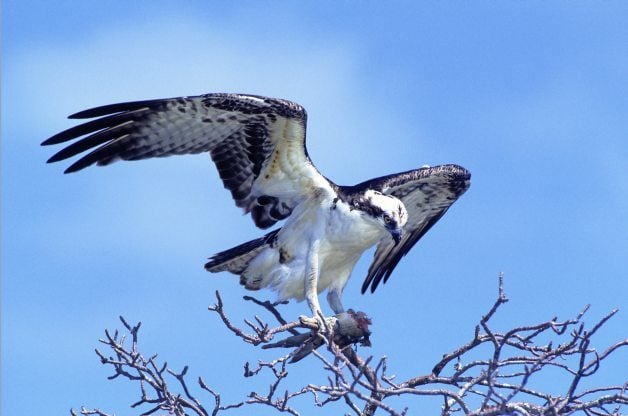
Some might consider raptor birds the bad boys (and girls) of the bird world, but I think it’s unfortunate that they’ve acquired that bad reputation. Sure, their antics may seem gruesome, but they are among nature’s finest hunters. And yes, it seems that almost everyone has a tale of a Cooper’s hawk harassing backyard birds. But if you can forgive raptors for thinking of your songbirds as a buffet, they really are a collection of the most fascinating birds you’ll ever see. Many raptors are widespread and common, like red-tailed hawks, but let’s explore some of the lesser-known avian carnivores.
Get started with raptor identification: meet the types of hawks you should know.
Raptors Are Birds of Prey
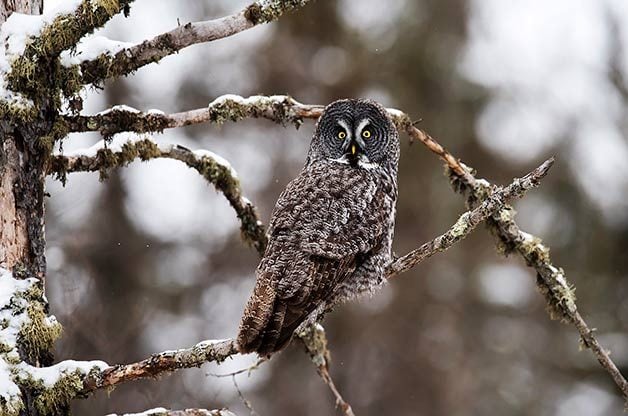
Lumped together not by taxonomy but by behavior, raptors make a living eating other critters. Also known as birds of prey, the raptor bird group includes hawks, eagles, owls, falcons, harriers, kites and ospreys. Some people include New World vultures and condors, too, but these species are really more like scavengers than true hunters.
Predatory birds share similar characteristics and adaptations, including sharp beaks and talons and strong feet. Interestingly, most raptors use their feet for harvesting their prey, while the beak’s function is to tear off bites of meat. To varying degrees, female raptors are often larger than their male counterparts; this allows the sexes to feed on different items of prey.
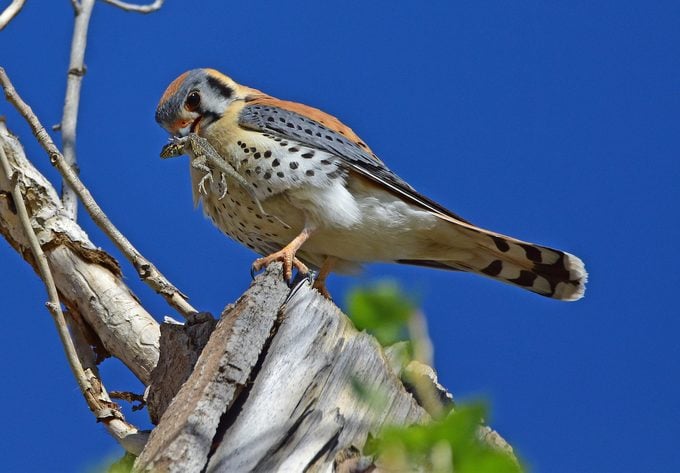
Some raptor species are generalists, eating a wide range of food that may include small mammals, birds, reptiles, amphibians, insects and carrion. Others are very particular. Birds dominate the diet of accipiters, like the familiar Cooper’s and sharp-shinned hawks. On the other hand, many soaring hawks and the larger owls are specialized small-mammal predators. Smaller raptors tend to consume a larger percentage of insects.
Truly a collection of unique and intriguing birds, raptors have an unmatched grace and subtle beauty. They deserve respect, too: From the widespread American kestrel to the localized ferruginous pygmy-owl, being a bird of prey is a tough life.
Check out essential hawk identification tips for birders.
Kites
Kites are a group of birds that have a somewhat limited range in the U.S., where they’re mostly confined to the Southeast and the West Coast. These medium-size raptors are also some of the most buoyant and graceful fliers. Their diet ranges from rodents to terrestrial snails, with insects making up a large portion of the intake of many kite species.
Mississippi Kite
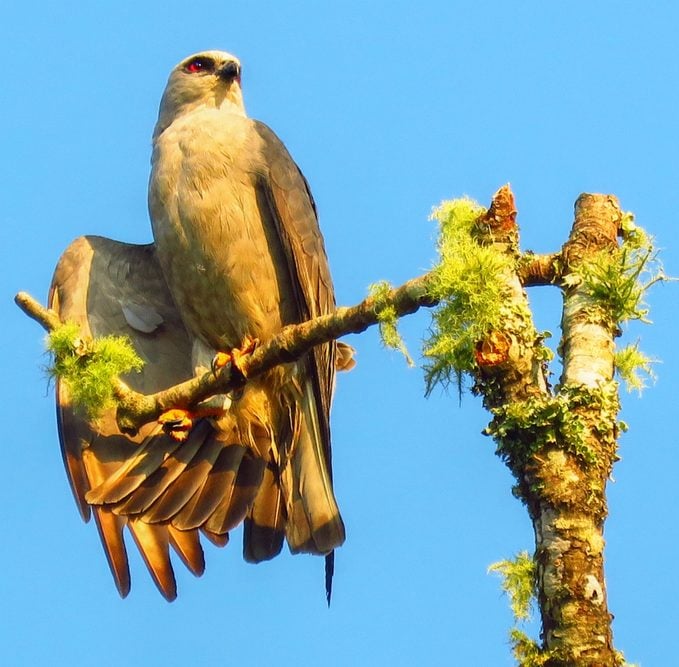
The most widespread among this group is the Mississippi kite. Long common in the southern Great Plains and the Southeast, this species has recently been establishing new nesting areas.
Landscape changes to the north have created more kite-friendly habitats, and Mississippi kites now nest in Colorado, Ohio, New Hampshire and points in between. These birds will often catch insects on the wing and then consume them in flight.
Don’t miss these simply stunning pictures of hawks.
Swallow-Tailed Kite
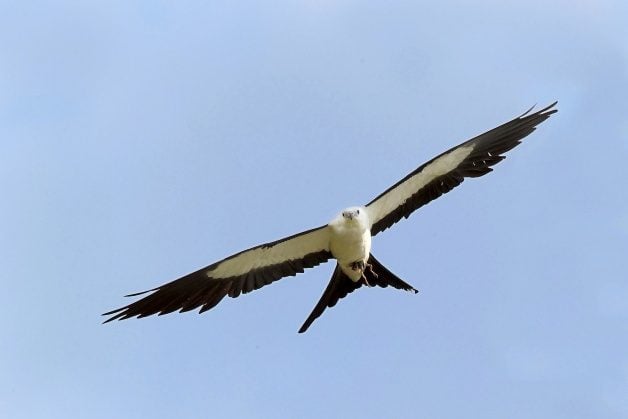
The swallow-tailed kite is a striking white bird with black edging along the wings and a long, black, deeply forked tail. This kite is limited in range to the Gulf Coast and north along the Atlantic Seaboard to South Carolina.
Familiar on the West Coast, the white-tailed kite can also be found along the southern tier from Arizona to Florida. White-tailed kites can be spotted hovering in flight before pouncing upon an unsuspecting rodent.
Look for Swainson’s hawks in the summer skies.
Southwestern Raptor Birds
Like kites, a number of hawks are common in Mexico and areas south but have a limited range north of the border. You’ll need to visit the American Southwest to spot common black-hawks and gray, white-tailed, short-tailed and zone-tailed hawks.
Harris’s Hawk
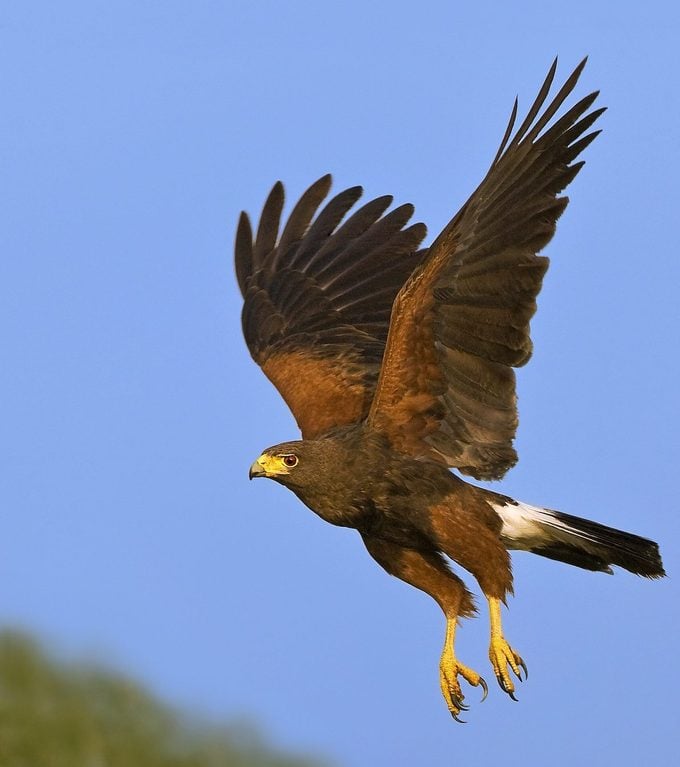
One species that’s a bit more widespread in the border region is the Harris’s hawk, found in the desert and brush country from Arizona to south Texas. The Harris’s hawk exhibits a rare raptor behavior called communal hunting. This species will remain together as a family unit, so the group can cooperatively hunt prey as large as jackrabbits.
Elf Owl
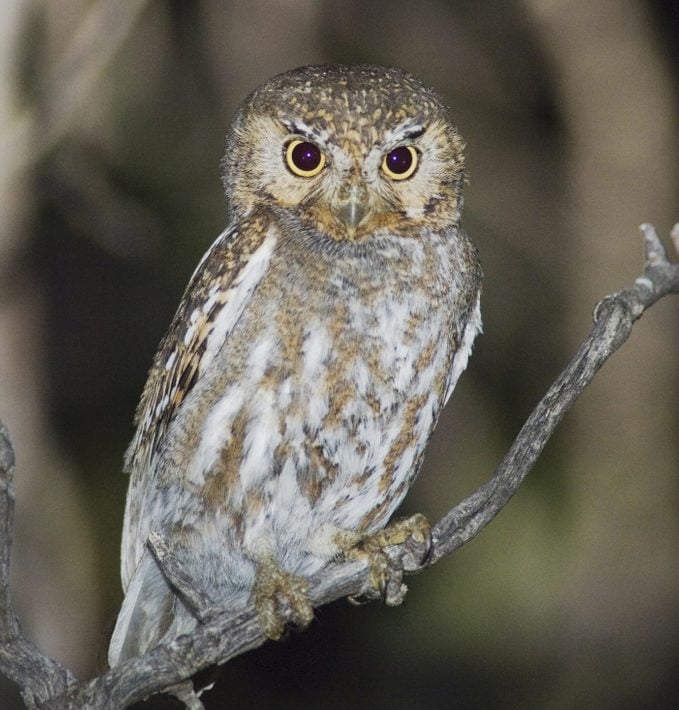
Another Southwestern species to look for is one of the smallest birds of prey—the elf owl. Found mostly in Arizona, this tiny raptor is about the size of a sparrow. Don’t let those adorable oversize eyes fool you, though. Elf owls are efficient insect predators.
Head west to see a Ferruginous hawk.
Aplomado Falcon
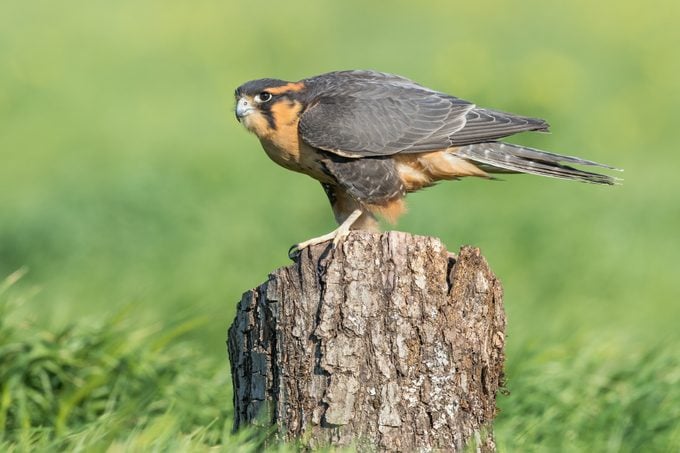
One other raptor worth mentioning is the Aplomado falcon. It was extirpated from the U.S. by the 1950s, but efforts to restore it to the Southwest have started to pay off. Like other falcons, this one feeds mostly on birds. This vibrant species has begun to bring a splash of color to the southern shrublands of Texas and New Mexico.
Learn how to identify a merlin falcon.
Northern Raptor Birds
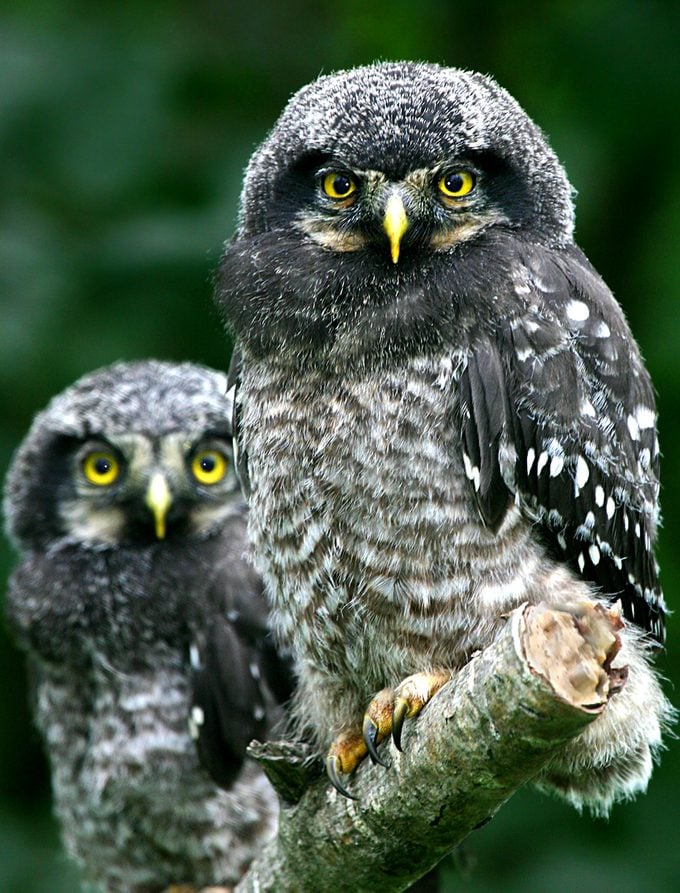
Some raptor bird species eke out a living at the far northern edge of the continent, far away from most of us. Birds like the great gray owl, northern hawk owl, gyrfalcon and northern goshawk rarely venture south, except when extreme cold forces them to seek food.
Find out what a broad-winged hawk looks like.
Rough-Legged Hawk
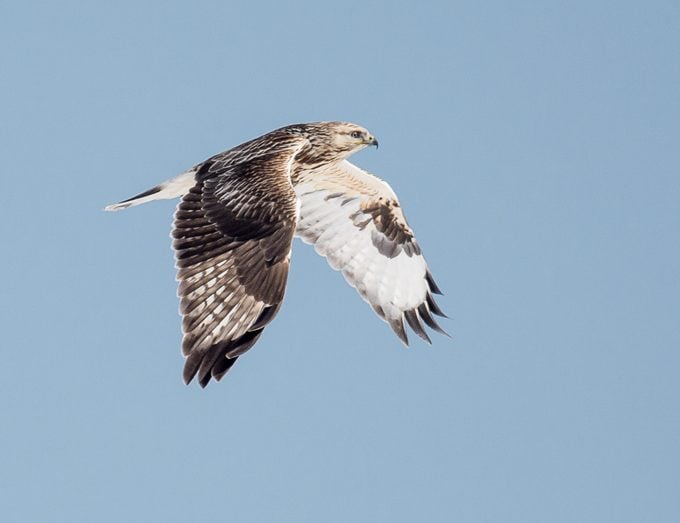
Another species to look for is the rough-legged hawk, a regular winter migrant throughout the U.S. You’ll find these small-mammal specialists in open farmlands and prairies. Their dark bellies and large black patches on the underwing make them easy to pick out, even in flight. On long winter drives, rough-legged hawks can be the only signs of life at times.
Check out these must-visit hawk migration hotspots.
Snowy Owl
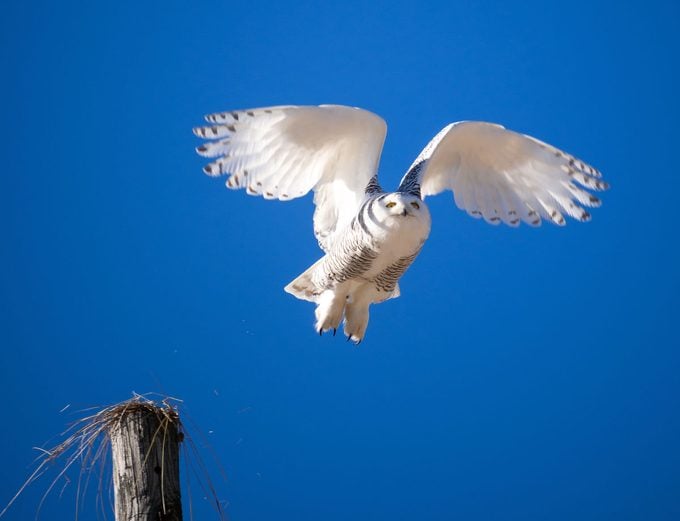
The winter habits of snowy owls are much less regular. They don’t have a classic migration pattern but instead make irruptive movements south to the northern U.S. in search of food. Snowy owls like to perch atop schools or other buildings, so keep an eye out for them.
Next, check out these outstanding pictures of owls.
